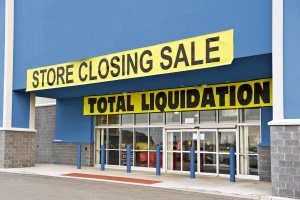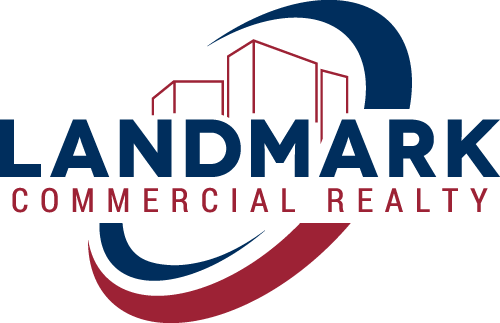 In the last 12 months, and specifically the last three months, we have read about or noticed many south central Pennsylvania store closings. Unfortunately, it is also a nationally occurring trend.
In the last 12 months, and specifically the last three months, we have read about or noticed many south central Pennsylvania store closings. Unfortunately, it is also a nationally occurring trend.
Closure Reasons
Ted Pfeifer, retail expert with Landmark Commercial Realty, believes there are several reasons why this is happening. They include:
- Overstocked retail on both the regional and national levels
- Internet sales
- Changing consumer shopping patterns and preferences
- Lack of renovation and change in bricks and mortar locations by the tenants and/or landlords; lack of understanding of these changes by the governmental communities/authorities
Results of Closures
Pfeifer also mentions, what he thinks are four results of closures that we will notice on a continual basis:
- A massive reallocation of existing concepts in bricks and mortar
- A continuing reduction of the number of retail units
- New design concepts being created
- Increased deterioration of the small-town retailing
Massive reallocation
Pfeifer says, the existing concept of a typical bricks and mortar store will be significantly modified.
“We will see a difference in the size of stores opening, as well as a downsizing of both large and small stores,” says Pfeifer. “Some shopping center designs and concepts will completely disappear and will be replaced with more of a mixed-use model. We will see smaller grocery stores, smaller retail shops, medical components, residential apartments or condos, entertainment uses, hotels and associated restaurants in pad locations incorporated in the front of the shopping centers.”
A continuing reduction of the number of retail units
The enclosed mall concept we are familiar with that became popular decades ago will be redesigned or re-purposed in major cities where the population exceeds one million.
Pfeifer adds, “Enclosed malls in rural communities are in trouble. These ‘dead malls’ will require drastic changes like ‘demalling’ (tearing down part of the mall to build more retail space) or a complete demolition of the mall. If it is completely demolished it will be replaced with other buildings such as offices, residential – no retail whatsoever will return to the property.”
New designs
All existing retail companies, large and small, are closely looking at the size of the store which they need for the future, especially the large big box stores. Most will reduce their sizes, and redesign their stores, incorporating the internet and online shopping, upgrading their appearance, and becoming more than just a place to buy a product – more of a showroom. You will order your product and it will be shipped to you rather than walking out of the store with it.
Pfeifer adds, “New concepts of ‘internet proof’ retailing will emerge in a more dynamic fashion. The internet cannot be a hair stylist, fix car engines, be a consignment shop, nor offer highly unique products. These ‘services’ are safe as they are something Amazon or any other internet retailer can’t offer.”
The increasing deterioration of the small-town retailing
Small communities with a population under 20,000 people are losing ground rapidly in offerings of brick and mortar stores in almost any and every category.
Pfeifer believes the new designs we will be seeing in the bricks and mortar stores will eliminate the small-town locations, unless the demographic of the community is growing or has a unique feature that will continue to maintain sales.
He adds, “We will notice increasing vacancies in all categories, especially grocery stores over 20,000 square feet. Dollar stores are replacing the older, larger format grocery stores in these areas.”
Disappointingly for many that reside in small-town America, many stores will close and cease in operations or relocate to larger, more populated cities. Presently, there are no notable solutions or answers to this eroding of bricks and mortar retail.
Summary
What can smaller retailers and shopping center/ building owners do to evolve or protect their business and keep or attract tenants?
Landmark Commercial Realty and Ted Pfeifer think there are many options, not only to evolve and change, but to protect their business or retail building.
Pfeifer says, “It will mean change, and change will mean additional costs. It will mean ‘re-learning’ the new world of retail – using multimedia channels, the internet and developing a unique product or products and ultimately, embracing the new look and the future of retail.”
The traditional retail appearance and design, as well as the function of shopping centers of years past, will not allow for the same returns on rent, sales and profits as we once saw. Those days are gone for small retailers and owners who have not accepted and embarked on these changes.
Pfeifer adds, “It isn’t too late…yet. But the window of opportunity to act on these necessary changes is rapidly closing. It comes down to – you either adapt and change or simply fail.”





